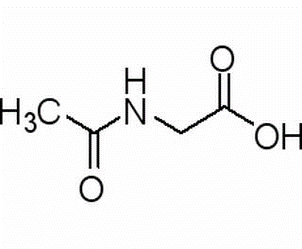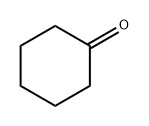2,5-Dihydroxybenzoic acid(CAS#490-79-9)
| Risk Codes | R22 – Harmful if swallowed R36/37/38 – Irritating to eyes, respiratory system and skin. |
| Safety Description | S26 – In case of contact with eyes, rinse immediately with plenty of water and seek medical advice. S36 – Wear suitable protective clothing. S37/39 – Wear suitable gloves and eye/face protection |
| WGK Germany | 3 |
| RTECS | LY3850000 |
| TSCA | Yes |
| HS Code | 29182990 |
| Hazard Note | Harmful |
Introduction
2,5-Dihydroxybenzoic acid is an organic compound. The following is an introduction to its nature, use, preparation method and safety information:
Quality:
- Appearance: 2,5-dihydroxybenzoic acid is a white crystalline powder.
- Solubility: It can be dissolved in water and in organic solvents such as ethanol and chloroform.
- pH: It is weakly acidic in aqueous solutions.
Use:
- Chemical synthesis: 2,5-dihydroxybenzoic acid can be used as a raw material for organic synthesis and can participate in a variety of chemical reactions to prepare other compounds.
Method:
- A commonly used preparation method is the synthesis of 2,5-dihydroxybenzoic acid by thermal acidolysis of phthalic acid.
Safety Information:
- 2,5-Dihydroxybenzoic acid is relatively low in harm to humans and the environment under normal operating conditions.
- It can be irritating and corrosive to the eyes and skin and should be avoided when handling. In case of accidental contact, rinse immediately with plenty of water.
- During storage, care should be taken to avoid contact with strong oxidants, high temperatures, and ignition sources to reduce potential safety hazards.








